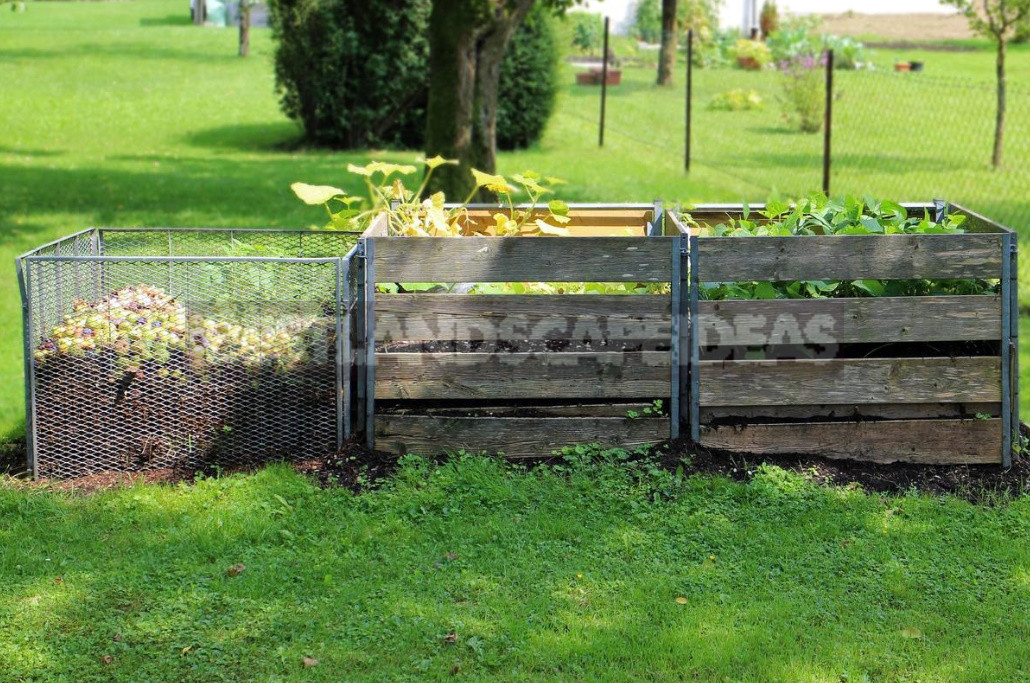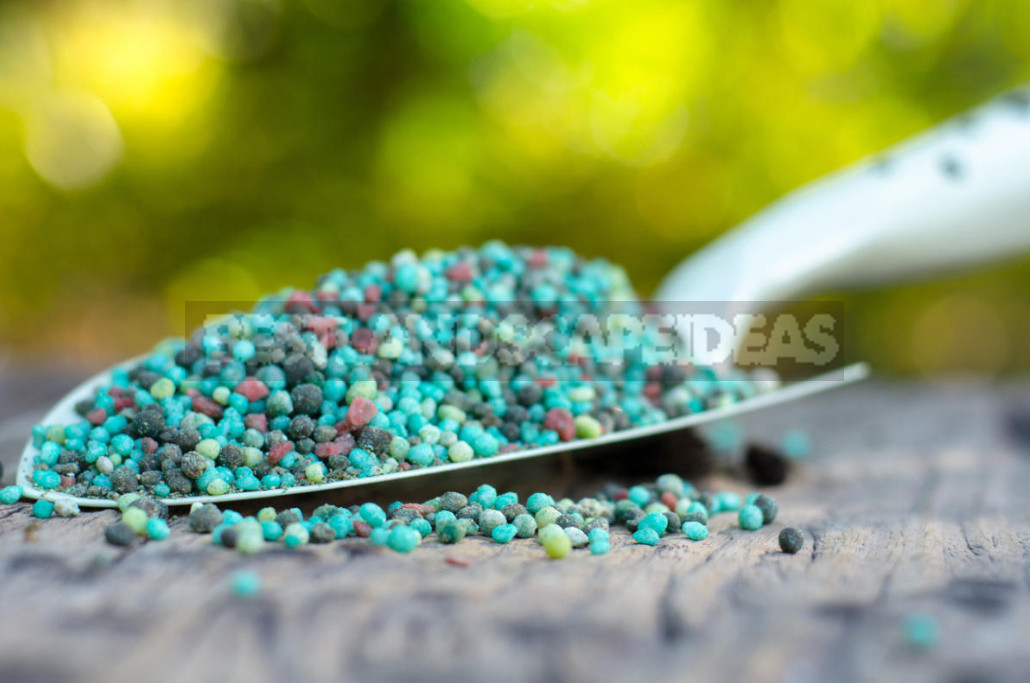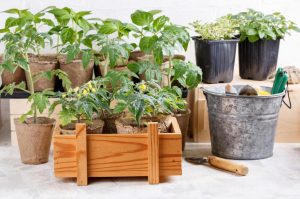
Both in the circle of flower growers and in the circle of professional agrochemists there is no single approach to the choice of fertilizers. There is a traditional system of using mineral fertilizers. There are supporters of alternative systems – biological and balanced. It is known that the organic fertilizers are difficult to find understanding from opponents, the adherents of mineral fertilizers.
To fertilize or not to fertilize? It is a question not so much of agricultural engineering as of philosophy. If you are sure that growing plants, you impoverish the soil, then fertilize. To some extent, this is legitimate for the garden, from which the harvest is carried away. For flower beds (especially from perennials), this is irrelevant, because very little is carried away.
If you are sure that nature is wisely organized, and the main thing-do not interfere with it, then – do not fertilize. Then it is necessary to follow the path of biology, not agriculture. It is necessary that the soil returned to the plant residues, and there was someone to process them.
Let’s try to approach the issue from a position of compromise, considering the pros and cons of traditional and biological systems.
The advantages of mineral fertilizers-the ability to directly affect the growth and development of plants. The ability to quickly and without great physical costs to create the necessary level of fertility.

Disadvantages of mineral fertilizers-a negative impact on the community of soil microorganisms, which over time can lead to deterioration of the humus state of the soil, and therefore reduce its ability to resist erosion and other adverse effects. Long-term use of mineral fertilizers causes acidification of the soil and promotes leaching of calcium and magnesium from it.
Advantages of organic fertilizers – using compost, peat and ash you will prepare the soil for future plantings; breeding a chatterbox of manure and ash you will be able to give a highly effective top dressing to all plants during the growing season. Extract from bird droppings generally acts similarly to mineral fertilizers-quickly and efficiently. At the same time, unlike the system of mineral fertilizers, there is no need to use micronutrients (boron, copper, zinc, iron, manganese and others), because compost and manure contain all this set. In addition, the structure and humus state of soils will improve from year to year.

Disadvantages of organic fertilizers-the ability to clog the soil with weed seeds from manure and compost or bring pathogenic microflora and cause microbial toxicosis (especially when applying fresh manure), increased labor costs compared to the use of mineral fertilizers. But the main thing is that when using organic fertilizers, you will not be able to accurately predict and directly affect the development of plants, everything will depend on the activity of the soil microbiota involved in the decomposition of the introduced “organics” into mineral components available to plants.
A balanced farming system involves a reasonable combination of organic and mineral fertilizers. A must for this system is the technology of effective microorganisms, bio-fertilizers. Thus, a positive balance of humus in the soil is maintained and the activity of beneficial microbiota is activated. At the same time, mineral fertilizers are boldly used.
In critical phases of development, plants need to be fed with available forms of macro-and microelements. Thus, when sowing seedlings and perennials in the soil, granulated superphosphate is added to the wells for an uninterrupted supply of phosphorus in the initial phases of plant development. In the spring, as soon as the soil has thawed, all perennials are fed with a warm solution of nitrogen fertilizers, because the soil microbiota has not yet had time to develop enough for the intensive development of plants the number of mineral forms of nitrogen. Further, in the budding phase, a complex feeding with mineral macro – and microelements is given to increase the size and intensify the color of flowers, etc. in August, a feeding with mineral phosphorus and potassium is given for successful preparation for winter…

On the front of soil improvement the main force are invisible workers-useful and effective microorganisms. The task of the gardener is to settle them on their land and give them decent living conditions, they will do the rest themselves. The sooner you start working with these wonderful assistants, the faster you will part with the unpleasant consequences of soil fatigue, low yields, diseases and pests of plants.
I think that loving their Pets growers will not be difficult to learn what, at what time and in what form require plants for their successful growth and development. And give your answer to the question, what and how to fertilize the planting.




Leave a Reply